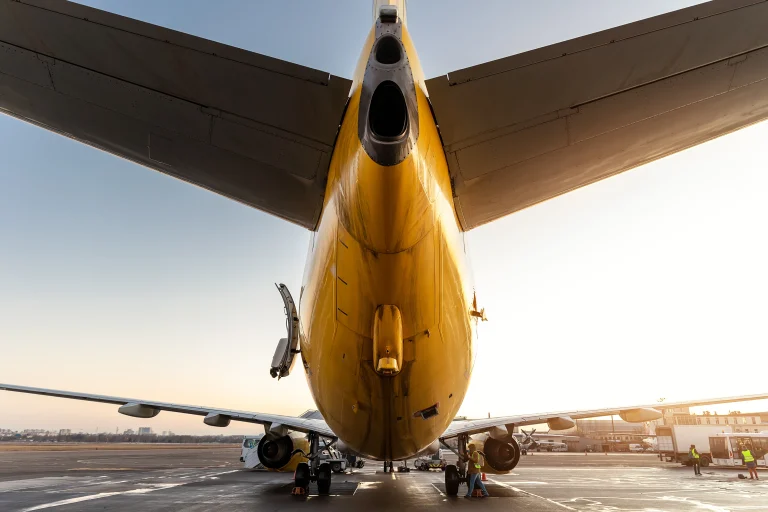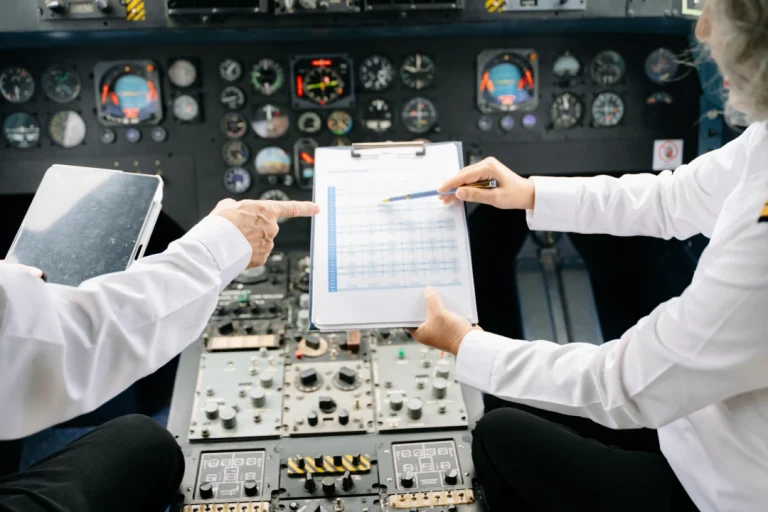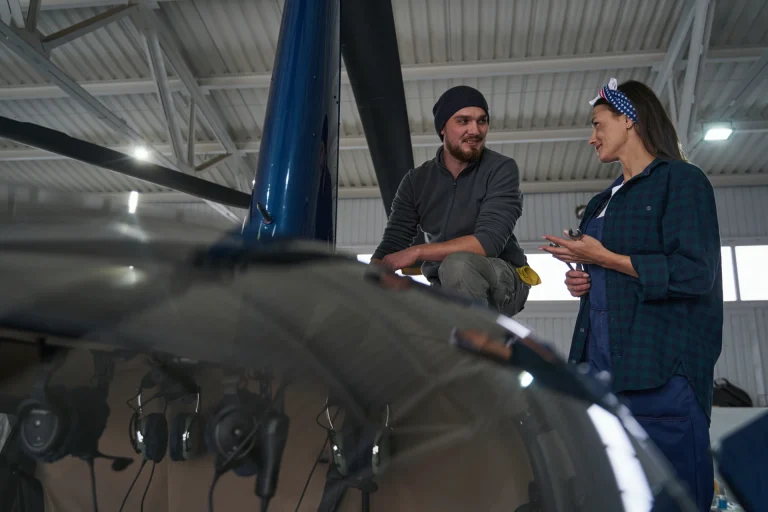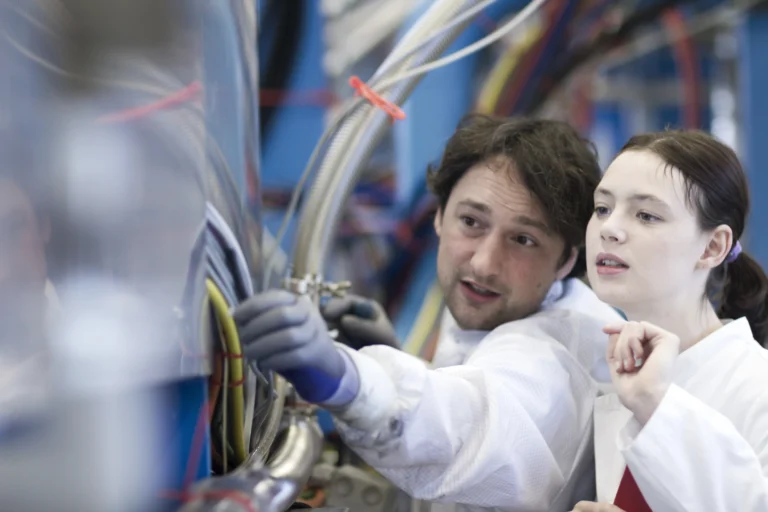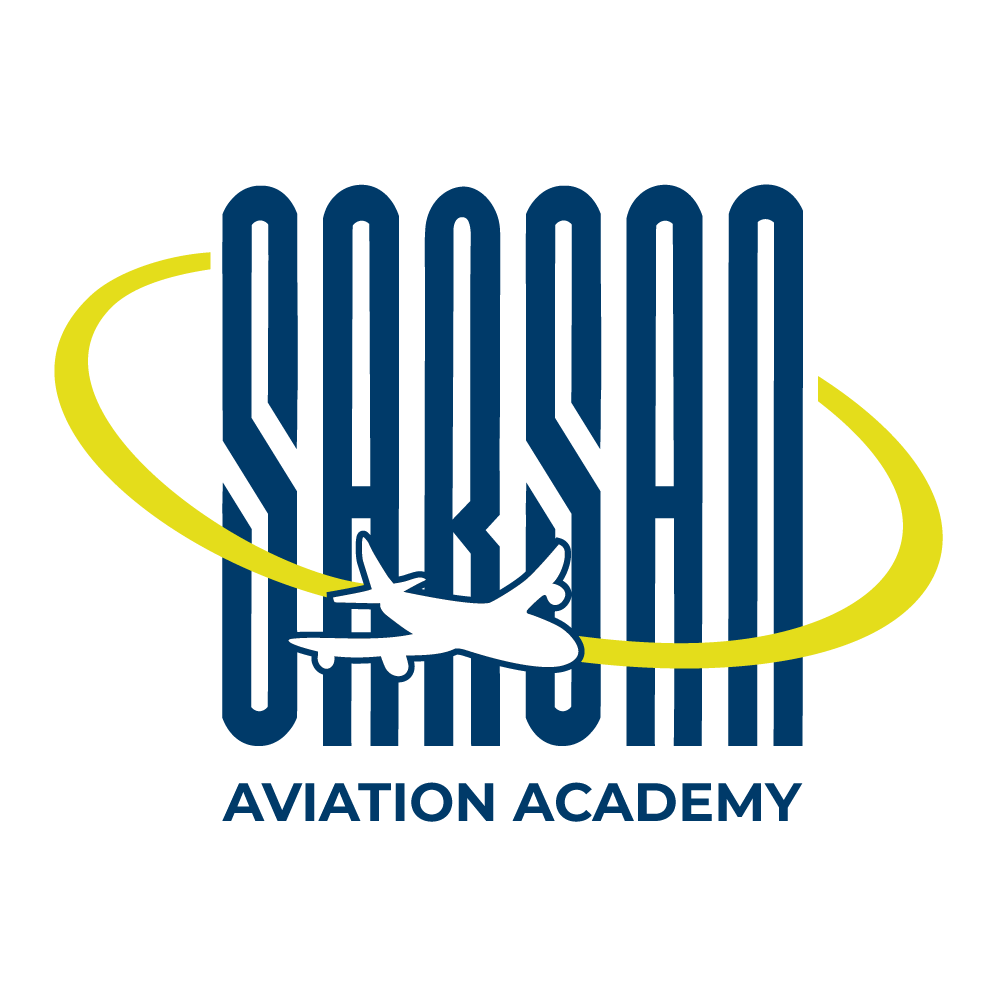Aircraft Maintenance Engineering (AME) is one of the most crucial fields in aviation, ensuring the safety, performance, and reliability of aircraft. With the growing demand for air travel and the increasing number of aircraft in operation, skilled Aircraft Maintenance Engineers are more in demand than ever. If you’re considering a career in this dynamic field, this guide will provide you with everything you need to know about Aircraft Maintenance Engineering courses, from course details to career prospects.
What is Aircraft Maintenance Engineering?
Aircraft Maintenance Engineering involves the inspection, maintenance, repair, and overhaul of aircraft. Engineers in this field are responsible for keeping aircraft in peak operational condition, ensuring all safety standards are met before each flight. AMEs work on everything from airframes and engines to avionics and electronic systems, making their role vital in the aviation industry.
Why Choose Aircraft Maintenance Engineering Courses?

Choosing to study Aircraft Maintenance Engineering offers numerous benefits:
- High Demand: The global aviation industry is rapidly expanding, creating a continuous demand for certified Aircraft Maintenance Engineers.
- Lucrative Career Opportunities: AMEs enjoy competitive salaries, with numerous opportunities for career advancement in airlines, MROs (Maintenance, Repair, and Overhaul facilities), and private aviation.
- Global Certification: Most AME courses are certified by international bodies like EASA (European Union Aviation Safety Agency) or GCAA (General Civil Aviation Authority), enabling graduates to work worldwide.
- Hands-On Experience: AME courses offer a blend of theoretical and practical training, allowing students to gain real-world experience in aircraft maintenance.
Overview of Aircraft Maintenance Engineering Courses
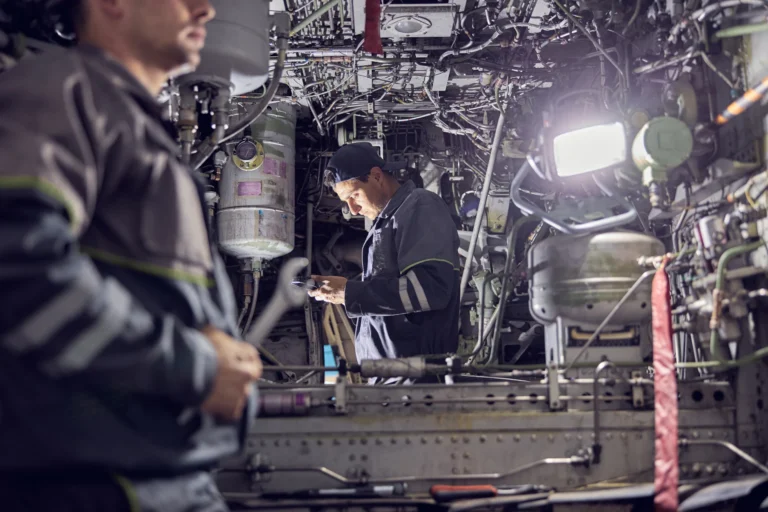
Aircraft Maintenance Engineering courses are designed to equip students with the necessary skills and knowledge to excel in the field. Here’s a detailed look at what these courses typically include:
Course Structure and Curriculum
Most AME courses are divided into theoretical and practical components:
Theoretical Training: Covers key topics such as aviation regulations, aircraft systems, aerodynamics, materials, and hardware. Students learn the technical knowledge required to understand and maintain aircraft systems.
Practical Training: Provides hands-on experience through workshops, simulation labs, and on-the-job training at MRO facilities. This training allows students to apply what they’ve learned in real-world scenarios.
Types of Aircraft Maintenance Engineering Courses

There are different levels of AME courses, each catering to specific areas of expertise:
CAT A1 (Basic Maintenance Certification)
- Duration: Typically 2 years, including 1 year of practical on-the-job training.
- Focus: Basic maintenance tasks, allowing engineers to perform and certify limited maintenance on aircraft.
CAT B1.1 (Mechanical Systems)
- Duration: Usually 4 years, with 2 years of practical training.
- Focus: Mechanical aspects of aircraft, including engines, airframes, and hydraulics. B1.1 engineers can certify all mechanical maintenance work.
CAT B2 (Avionics and Electrical Systems)
- Duration: Typically 4 years, including extensive practical training.
- Focus: Electrical and avionics systems, covering navigation, communication, and control systems.
Admission Requirements for AME Courses

To enroll in an Aircraft Maintenance Engineering course, prospective students generally need to meet the following requirements:
- Minimum Age: At least 17 years old at the time of enrollment.
- Educational Background: A high school diploma or equivalent, preferably with a focus on science and mathematics.
- English Proficiency: Good command of English is essential, as it is the standard language in the aviation industry. Some courses may require proof of English proficiency through tests like IELTS or TOEFL.
Certification and Licensing for AME Graduates
After completing an AME course, students must obtain certification from recognized aviation authorities such as the GCAA, EASA, or FAA (Federal Aviation Administration). This certification process usually involves:
- Examinations: Passing written and practical exams that assess your knowledge and skills in aircraft maintenance.
- On-the-Job Training (OJT): Completing a specified number of practical training hours under the supervision of a licensed engineer.
- License Application: Submitting an application to the relevant authority, along with proof of training, exam results, and OJT completion.
Career Opportunities After Completing Aircraft Maintenance Engineering Courses
Graduates of AME courses have access to a wide range of career opportunities in the aviation industry. Some of the roles you can pursue include:
- Aircraft Maintenance Technician: Perform inspections, repairs, and maintenance tasks on aircraft.
- Quality Assurance Engineer: Oversee maintenance processes to ensure compliance with safety standards and regulations.
- CAMO Officer: Work in Continuing Airworthiness Management Organizations, managing the maintenance and airworthiness of aircraft fleets.
- AME Instructor: Teach and train the next generation of Aircraft Maintenance Engineers.
How to Choose the Right Aircraft Maintenance Engineering Course
When selecting an AME course, consider the following factors:
- Accreditation: Ensure the course is approved by relevant authorities like GCAA, EASA, or FAA to ensure your certification is recognized globally.
- Course Content: Look for comprehensive courses that cover both theoretical knowledge and hands-on practical training.
- Facilities: Choose an academy with modern facilities, including simulation labs and access to real aircraft for training.
- Placement Support: Check if the academy offers job placement assistance or has partnerships with aviation companies to help you start your career.
How to Apply for Aircraft Maintenance Engineering Courses
Applying for an AME course typically involves the following steps:
- Research: Identify accredited institutions offering AME courses that match your career goals.
- Prepare Documents: Gather required documents such as academic transcripts, proof of age, and English proficiency certificates.
- Submit Application: Complete the application process online or through the academy’s admissions office.
- Entrance Exams: Some institutions may require you to pass an entrance exam or participate in an interview.
Take the First Step Towards an Exciting Career
Don’t let uncertainty hold you back from pursuing a fulfilling and dynamic career. With Aircraft Maintenance Engineering, you can turn your passion for aviation into a profession that offers endless opportunities.
Conclusion
Aircraft Maintenance Engineering courses are a gateway to a rewarding career in aviation. With a blend of theoretical knowledge and practical training, these courses prepare you for the critical role of maintaining aircraft safety and efficiency. Whether you’re interested in mechanical systems, avionics, or basic maintenance, an AME course can set you on the path to success in the aviation industry. Start your journey today by choosing the right course and academy that aligns with your career ambitions.
